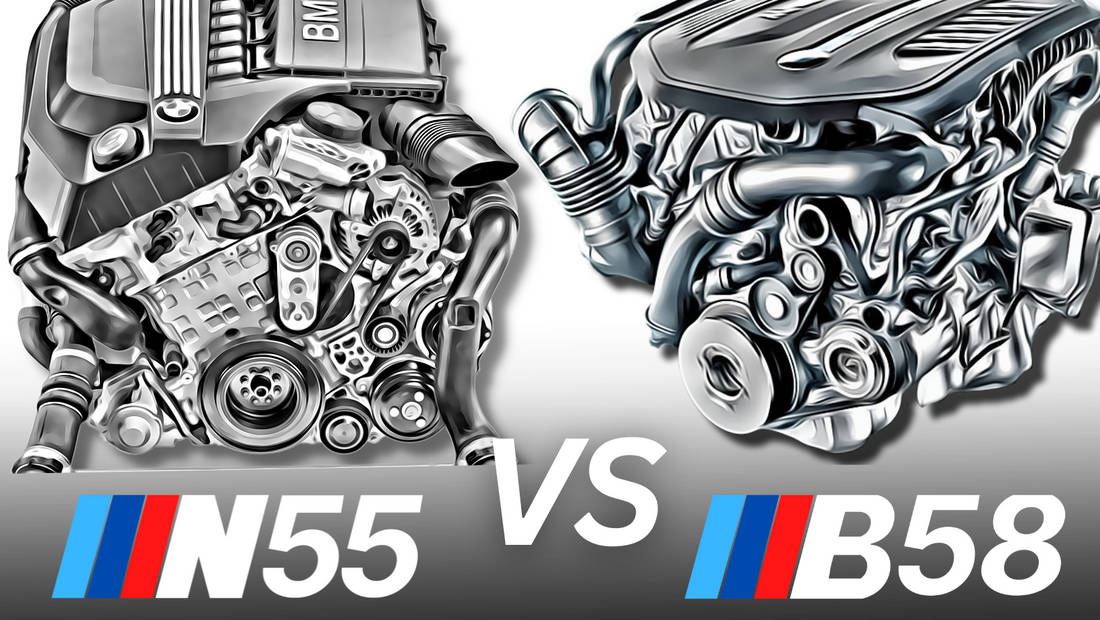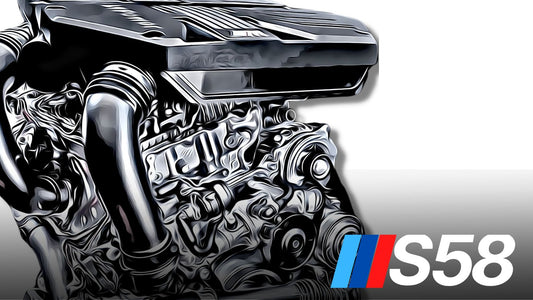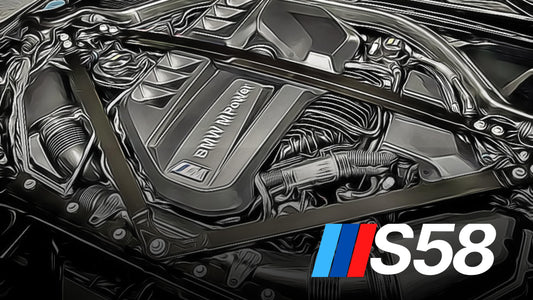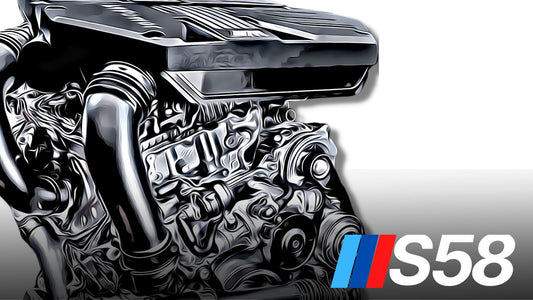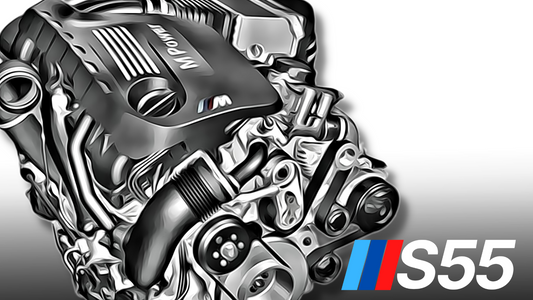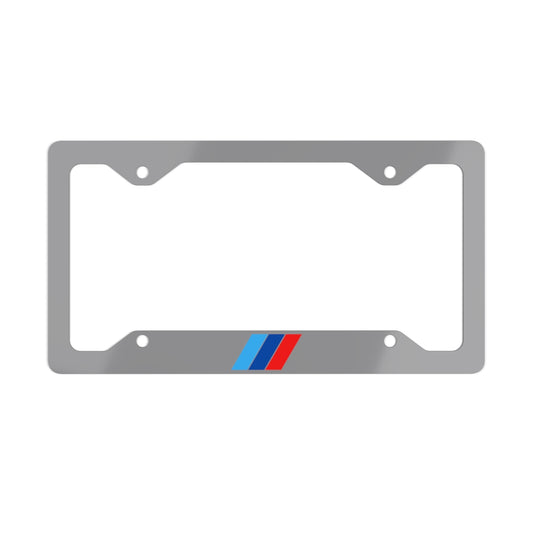When the BMW B58 and N55 are compared side by side, it is clear that the B58 is more reliable than the N55. The B58 has experienced minor oil leaks and coolant loss, but the engine's internals have held up well over time while still offering plenty of performance and tuning potential.
Introduction
In the world of BMW engines, the transition from the N55 to the B58 in 2016 marked a significant leap forward in terms of performance and efficiency. While both engines share a similar design as 3.0L inline-6 single turbo units, they are distinctly different in many ways, especially in terms of reliability. In this article, we delve into the reliability aspects of both engines, offering a detailed comparison to understand which one stands out.
N55 Engine: A Brief Overview
The N55 engine, BMW's stalwart until 2016, was a remarkable engine of its time. However, despite its improvements and reliability, it had its share of issues. Common problems included water pump failure, cracked charge pipes, valve cover gasket leaks, and oil filter gasket leaks. Notably, a severe but rare issue was rod-bearing failure, often requiring a complete engine block replacement. Despite these challenges, many N55 engines have neared or surpassed the 200,000-mile mark, a testament to their overall dependability.
The Advent of the B58
The B58 engine, which replaced the N55, has shown increased reliability. Early B58 models did not exhibit the same flaws as the N55, with fewer internal component issues and fewer common oil leaks. Impressively, early B58 units are reaching 200,000 miles without major problems, showcasing their robustness even at stock or beyond stock power levels.
Why the B58 Excels in Reliability
Several factors contribute to the B58's enhanced reliability over the N55:
- Improved cooling system with components located on the intake side, exposed to less heat.
- A more robust high-pressure fuel pump.
- Dual water pumps, including a mechanically-driven main pump.
- Forged internals and a closed deck design for a more durable engine block.
- An air-to-water intercooler.
- An engine heat encapsulation system that reduces heat cycling.
- An upgraded VANOS system.
N55 vs. B58: Similarities and Differences
While both engines are 3.0L inline-6 single turbo, the N55 had inherent limitations like a cast crankshaft, an open deck block, and a fragile factory charge pipe. The B58, learning from the N54 and N55, introduced improvements such as a closed deck block, forged steel crankshaft, and upgraded fuel pump, enhancing reliability.
Common Issues with the N55 and B58
N55 Common Issues
- Cracked Charge Pipe: A notorious issue, especially in tuned engines.
- Valve Cover and Oil Filter Housing Gasket Oil Leaks: Common in many BMWs, these leaks can lead to severe engine damage if untreated.
- Water Pump Failure: The N55's electric water pump often has a limited lifespan.
- Brittle Coolant Flanges and Hoses: Components can become brittle over time, leading to failures.
- High-Pressure Fuel Pump Failure: A common early-model issue.
- Rod Bearing Failure: Particularly in earlier models, this can require a complete engine replacement.
B58 Common Issues
- Coolant Loss: Related to brittle coolant couplings.
- Rough Idle: Often due to failing VANOS actuators.
- Injector Failure: Early B58 models had injectors with shorter lifespans.
Tips for Maintaining N55 and B58 Reliability
To maximize the lifespan of both engines:
- Adhere to regular maintenance schedules.
- Perform oil changes every 5,000 to 8,000 miles.
- Replace accessory belts and water pumps at recommended intervals.
- Flush and refill engine coolant every five years.
- Address oil leaks promptly and avoid high loads on cold engines.
Conclusion: The B58 Shines in Reliability
In a head-to-head comparison, the B58 emerges as more reliable than the N55. With fewer major issues and a robust design, the B58 provides both performance and tuning potential while maintaining its reliability over time. The B58's innovations and advantages overshadow the N55, despite the fact that it is dependable and a significant improvement over its predecessor. BMW’s continuous evolution in their turbocharged inline-6 engines is evident in the superiority of the B58, making it a more compelling choice for enthusiasts seeking both power and dependability.

